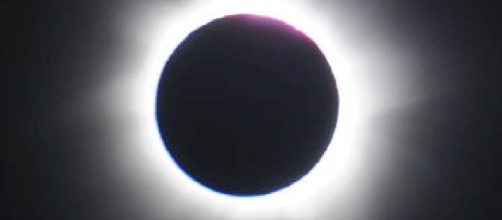Not even a month is left to go for the Total Solar Eclipse scheduled to be visible from some parts of the United States on August 21. It is expected to be one of the most watched astronomical events in history, and some have predicted that the total solar eclipse will also be the most photographed, tweeted and shared event thanks to social media. However, viewers interested in the eclipse need to know some facts before they venture out to catch a glimpse of the rare celestial phenomenon.
When and where will the eclipse be visible?
The eclipse will be visible from the entire continental United States.
However, only some states and locations will get the view of the total solar eclipse; others will only be able to watch a partial one. On August 21, the eclipse will first hit lands which lie on the northern side of Newport, Oregon at around 10:15 a.m. Pacific Time. Next, it will progress through Idaho, Nebraska, Wyoming, Kansas, Illinois, Missouri, Tennessee, Kentucky, Georgia, North Carolina, and South Carolina. The eclipse will leave the surface of the United States at around 2:49 p.m. Eastern time.
Other states will not be able to get the view of the total solar eclipse. The region from which the people will be able to see the moon completely block out the sun for some time is known as the Path Of Totality.
Due to the immense speed at which the moon orbits the Earth, the totality will last just around two minutes at one particular spot.
If people are outside the path of totality, they will get a partial eclipse view, where a portion of the sun would be covered by the moon, but not the entirety of it. The extent to which the sun will be hidden depends on how close the viewer is from the path of totality. Those closer to that region will see most of the sun hidden behind the moon, while those farthest from this place will see a minor part of the sun behind the moon.
Equipment needed to view the eclipse
Such a celestial event which has people looking directly toward the sun may be extremely harmful to their eyes if proper protection is not used.
NASA warns that ordinary sunglasses will not be effective in blocking out the harmful UV rays of the sun, which can cause sunburn in people’s eyes. Instead, specially designed eclipse viewing glasses should be procured by viewers. Those outside the path of totality will have to wear these glasses throughout the event, while those inside the path can only take the glasses off when the moon completely blocks the sun.


